Painting with Layers
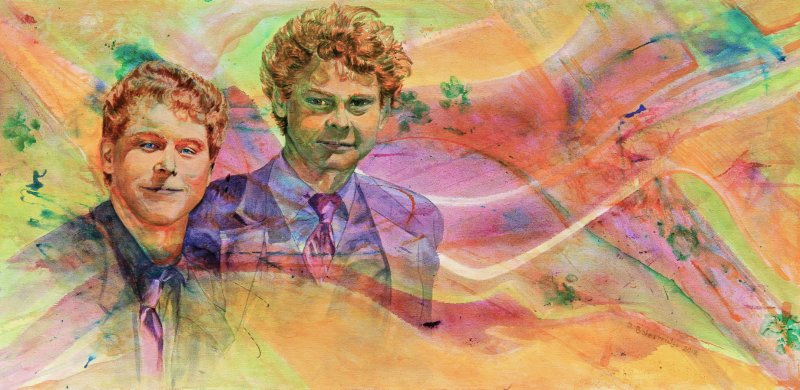
This acrylic painting was created as a tribute and a reminder of the friendship that grew between my wife and I and two exchange students. We became very close to Misha and Carlos. They impacted our lives and influenced our teaching and creativity, thank you both.
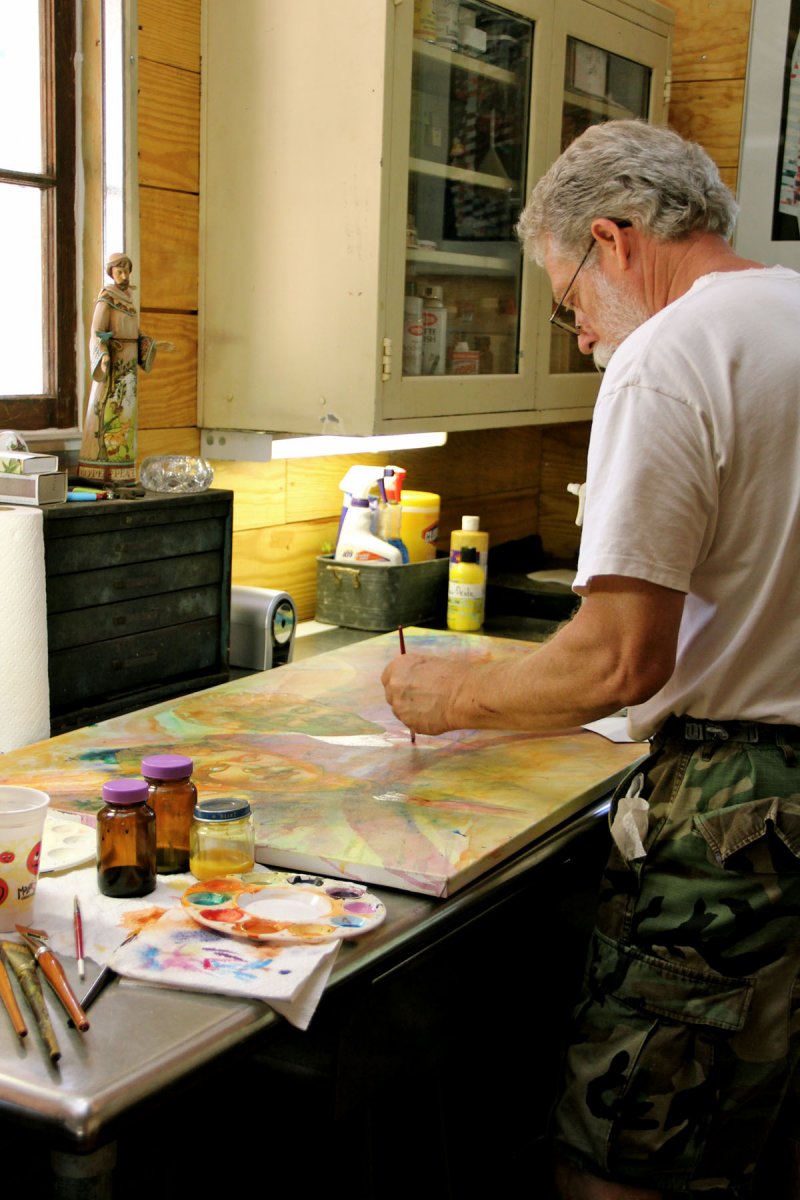
I learned to paint with transparent watercolors. Watercolor is applied in layers. Applying thin layers of paint effect the intensity and color of the paint underneath. Layering is an essential technique to create depth in any art media, but it also adds to the luminosity in painting.
Renaissance and Flemish artists used oil paint thinned with turpentine to create a luminous quality in their paintings. Oil paint withstands the test of time much better than watercolor. Turpentine thinned the oil paint enough to become much more transparent, similar to watercolor. Thinning the paint also decreased the drying time allowing the paintings to be completed faster.
I enjoy painting with acrylic. Acrylic paint combines the best qualities of both oil paint and watercolor paint. All transparent media may be applied in thin layers. The most important attribute of layering is the depth and luminosity this technique brings to the painting, especially in portraiture.
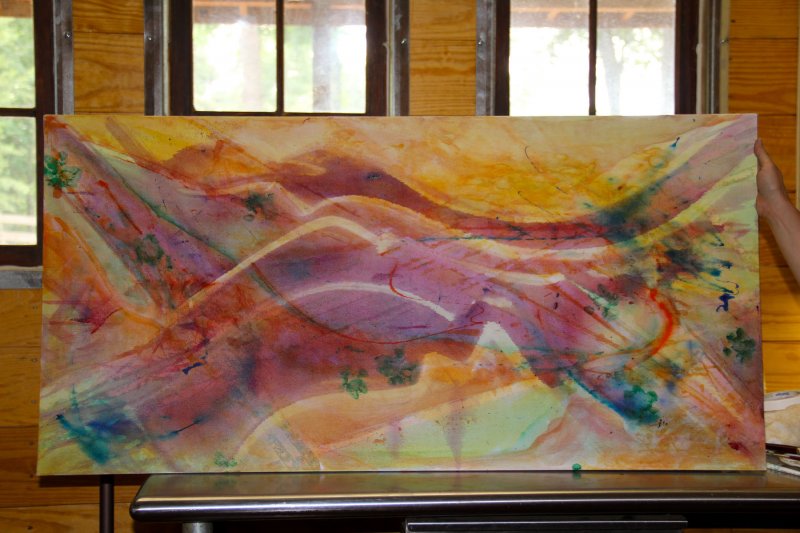
When I start a painting, I usually lay thin and very wet layers of acrylic paint on a painting surface. I have little concern as to what the painting will turn out to be. I choose the colors as to my mood and apply the paint freely with no creation of recognizable subject matter. I work very fast and very energetically with a variety of tools. After each layer dries, I may block out areas that I don’t want to over lay. I’ll repeatedly layer again and again with each layer covering less of the painting and the colors becoming more intense.
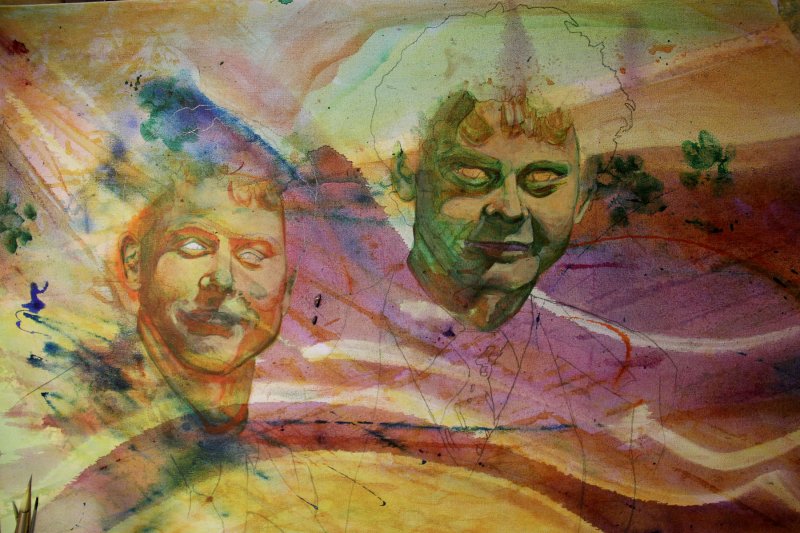
Once I have created a complete mess, I allow the painting to dry. I have created an area that inspires me. I look for composition and direction; I allow the painting to help me decide what to do with it.
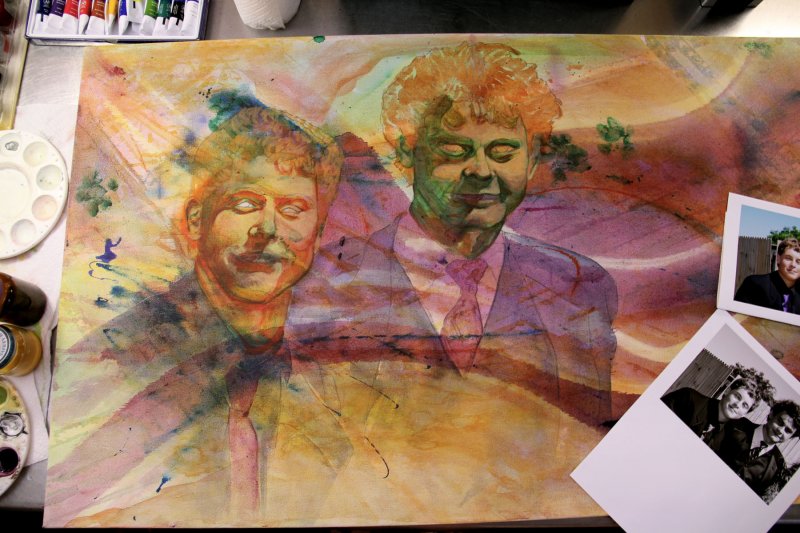
Whatever I decide, the painting will continue to evolve. Most of the time I don’t have a final idea of what the painting will be when finished.
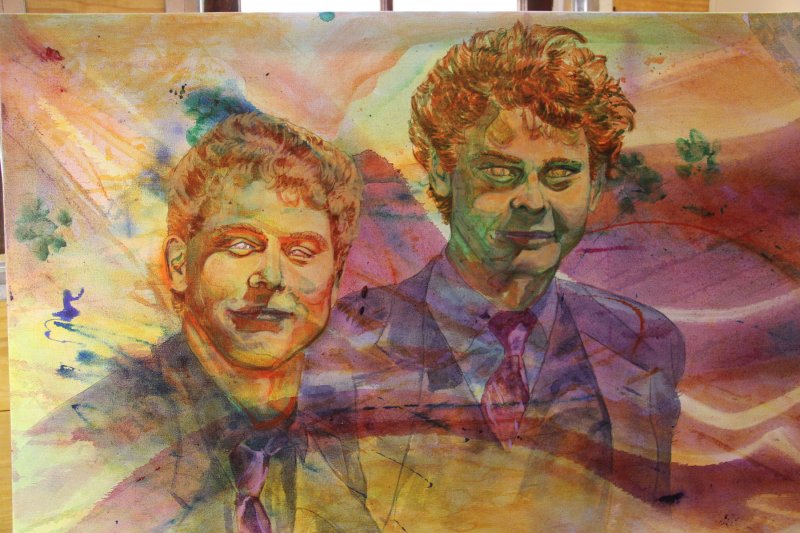
I continue to use thin layers of paint so each layer builds on the others. I will usually paint something objective on top of the nonobjective base. I enjoy the randomness of the under-painting competing with the control and objectivity of the last layers.
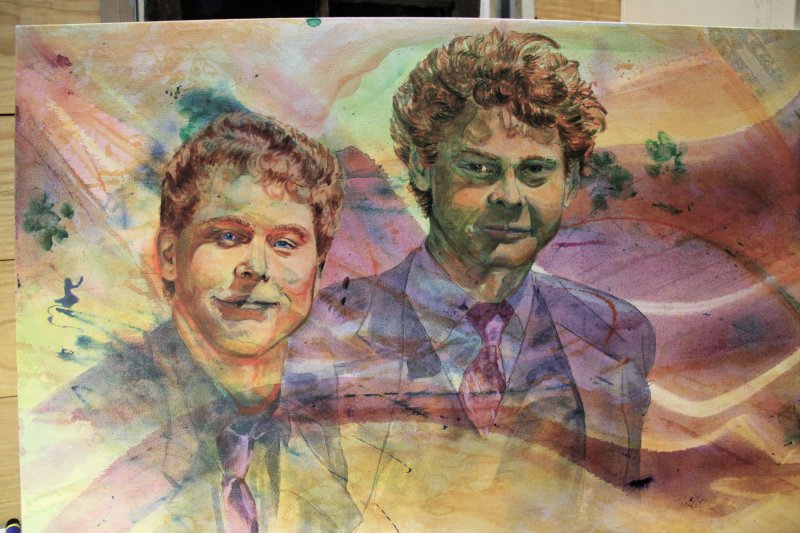
Glazing the final piece enriches the colors, increases the depth and improves luminosity.
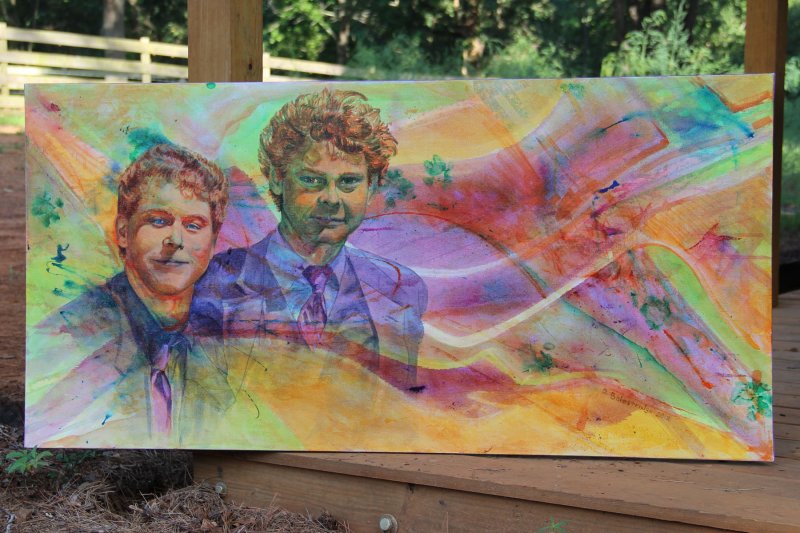
2 Comments
Betty Marcontell
July 18, 2012, 1:41 pmLoved this little mini-class on your painting style. So creative.
AspenKatelynSioux
July 19, 2012, 9:16 pmA beautiful progress
